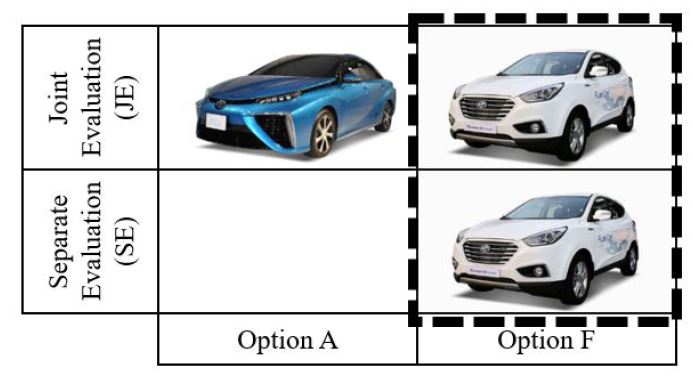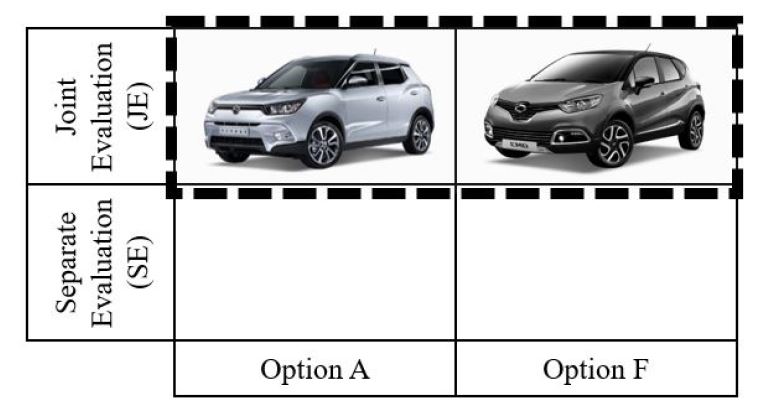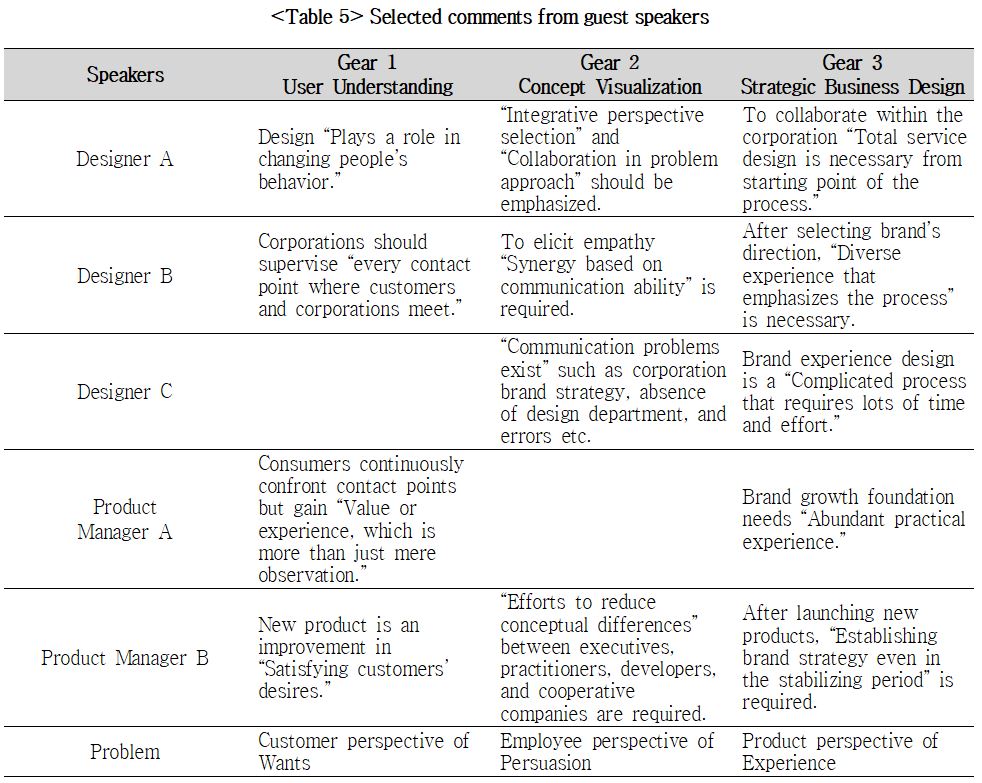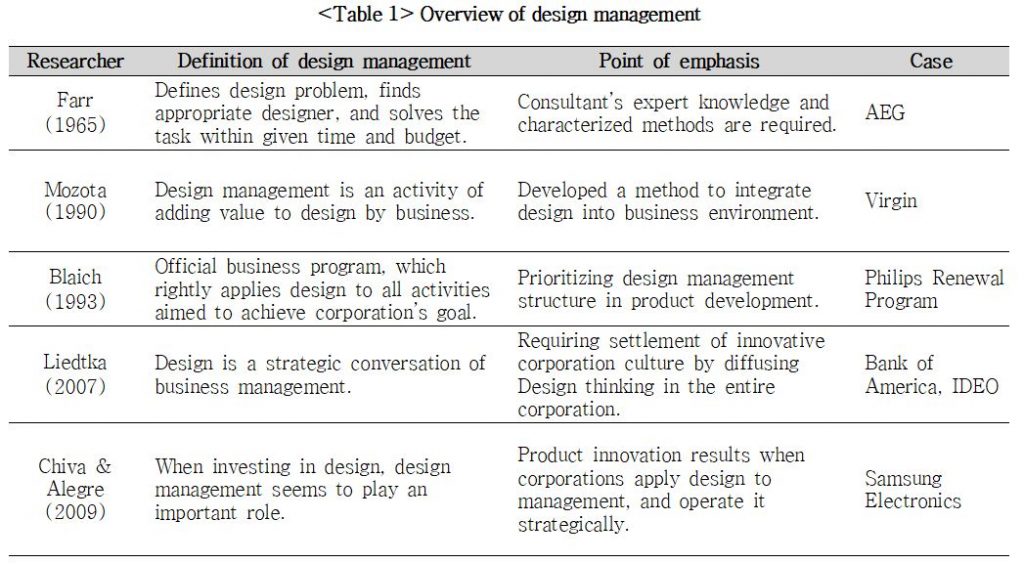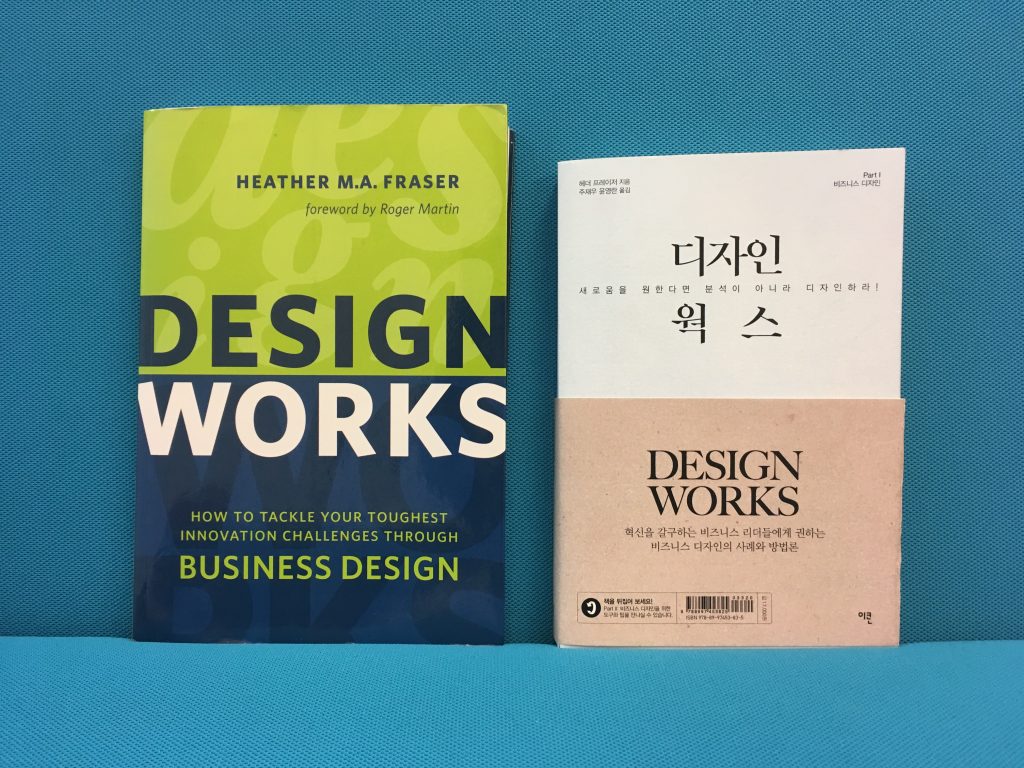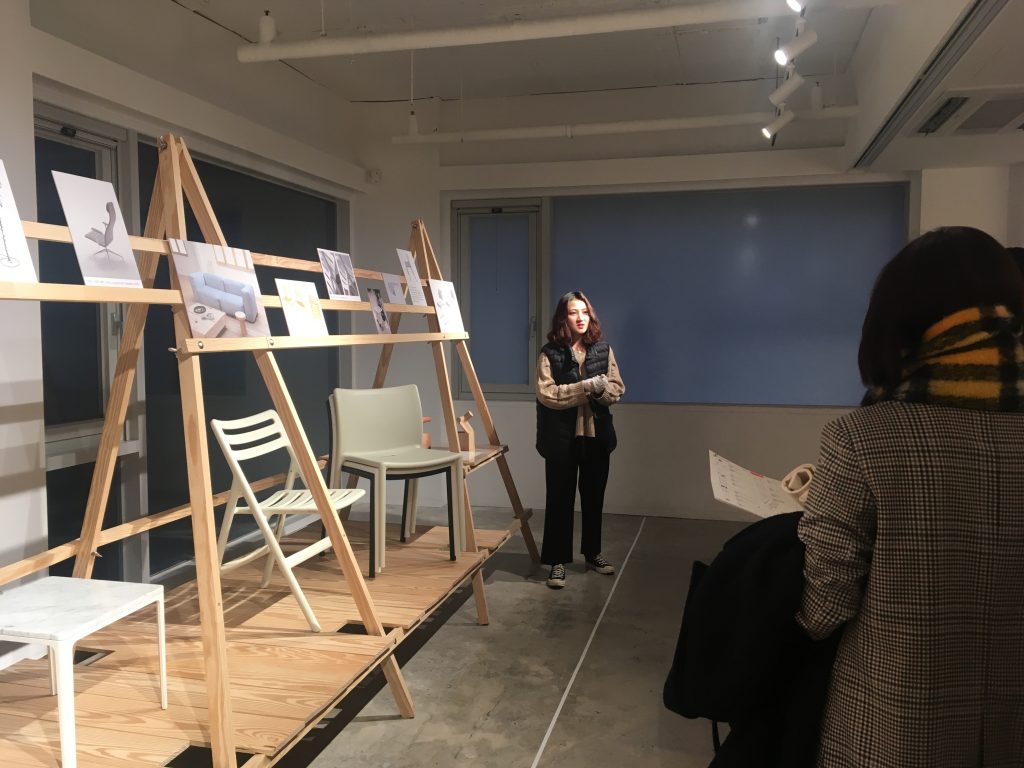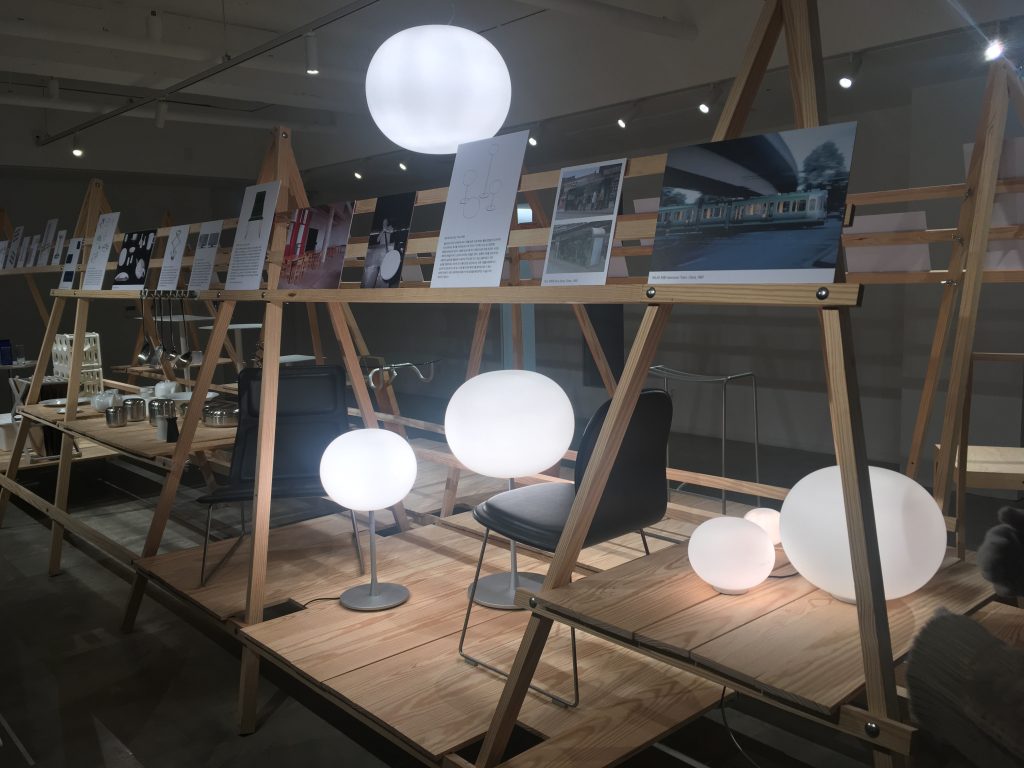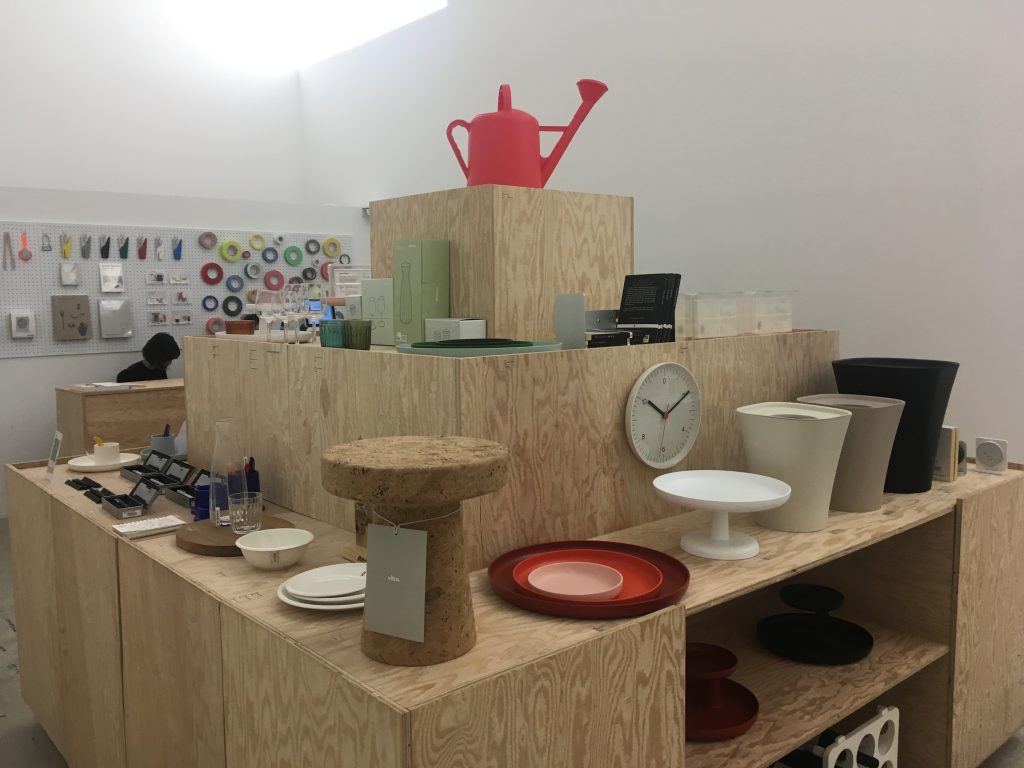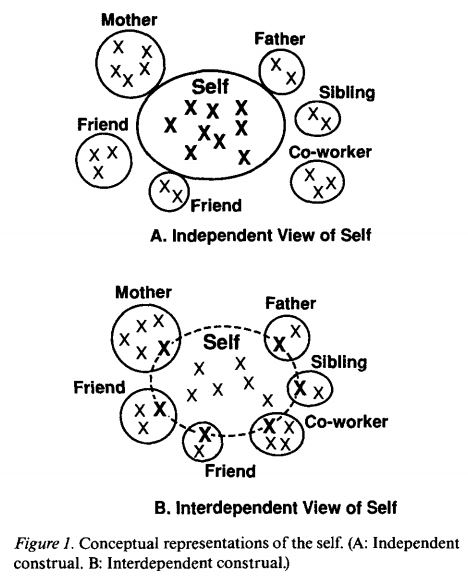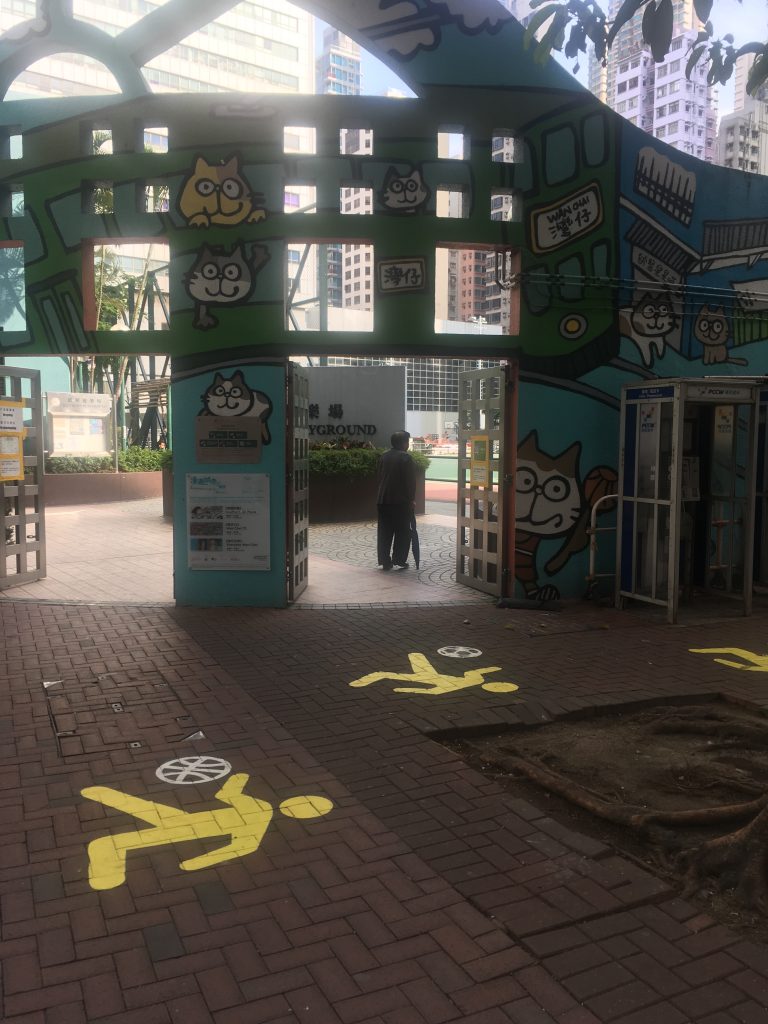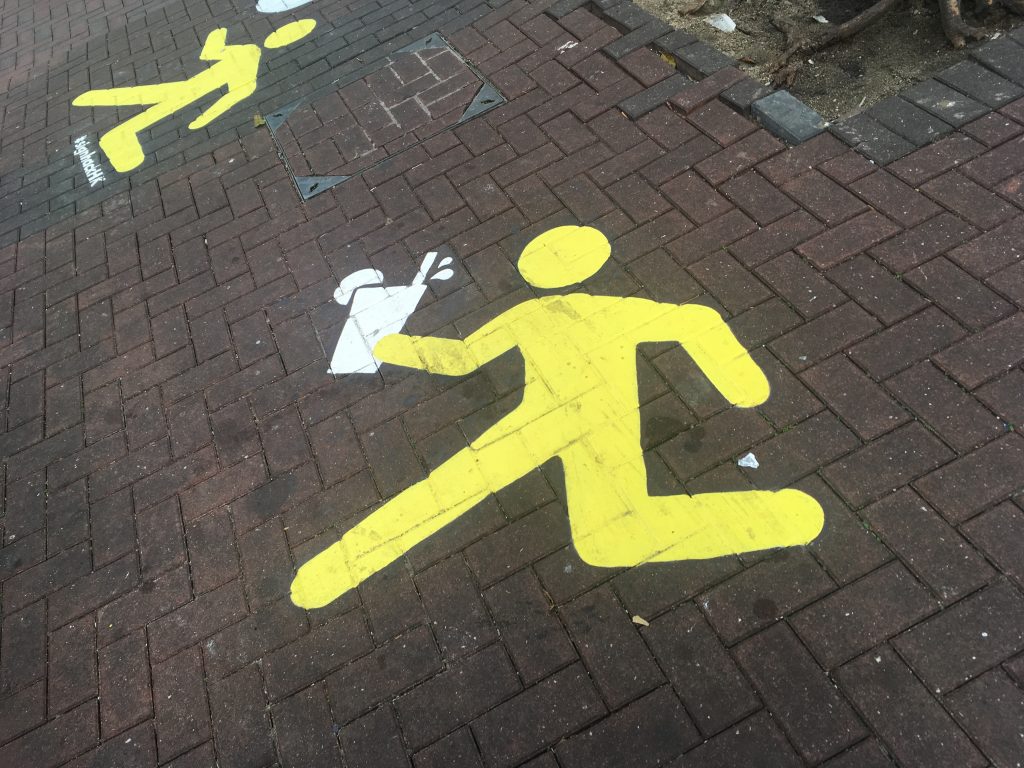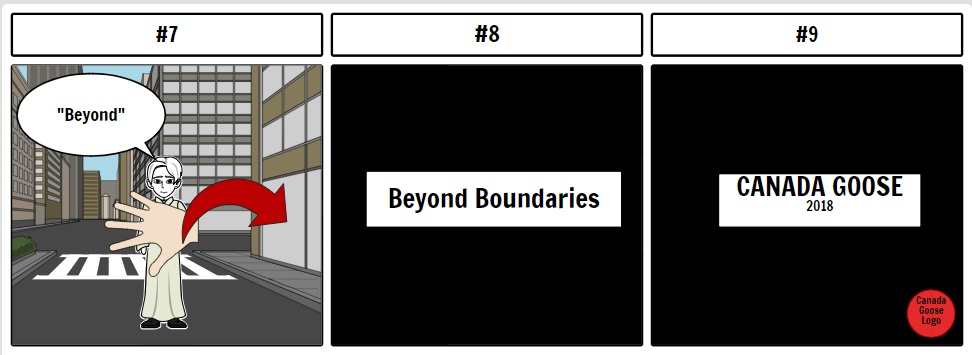In order to spice up our daily communication, we often humanize what electronic devices do. For instance, we say, our mobile phone is “stupid” or our storage space “gains weight.” This “anthropomorphism” is defined as the attribution of human traits, emotions, or intentions to non-human entities. According to Wikipedia, it has ancient roots as storytelling and artistic devices, and most cultures have traditional fables with anthropomorphized animals as characters.
However, there is another way to spice up our daily communication. We can mechanize what humans do. For instance, we say, we need to “upgrade” our brains or we want to go to bed to “recharge.” This “mechanomorphism” is a conception of something (as the universe or a living creature) as operating mechanically or to be fully accounted for according to the laws of physical science. Differently from anthropomorphism, mechanomorphism seems to be more popular among tech-savvy younger generation.
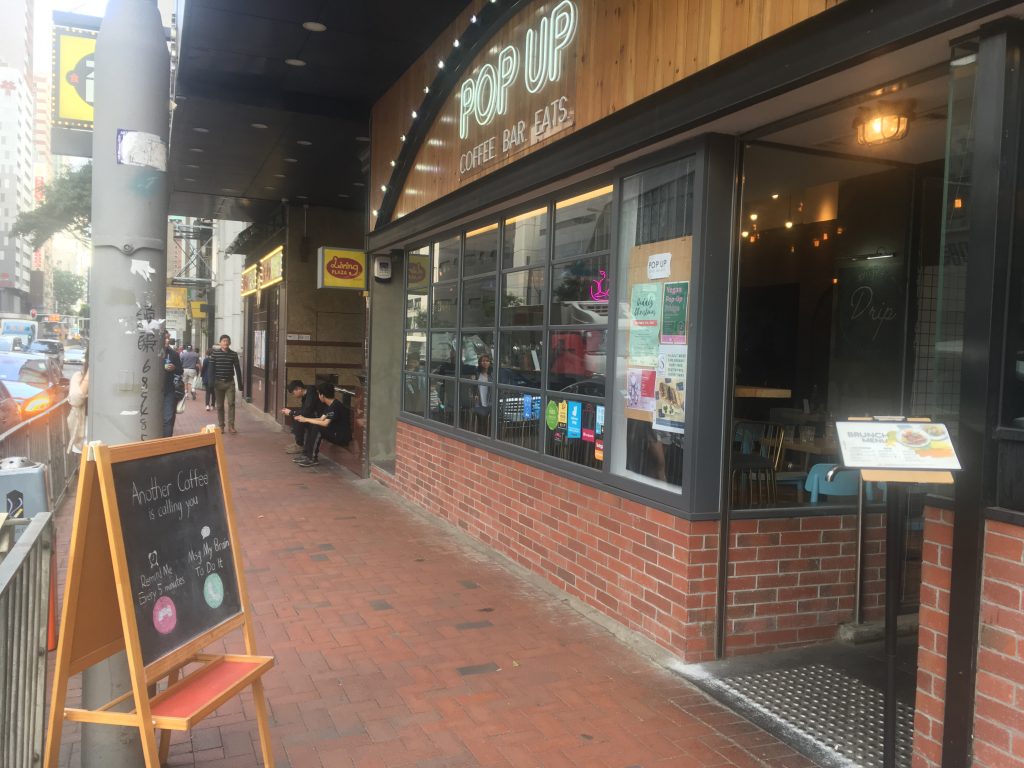
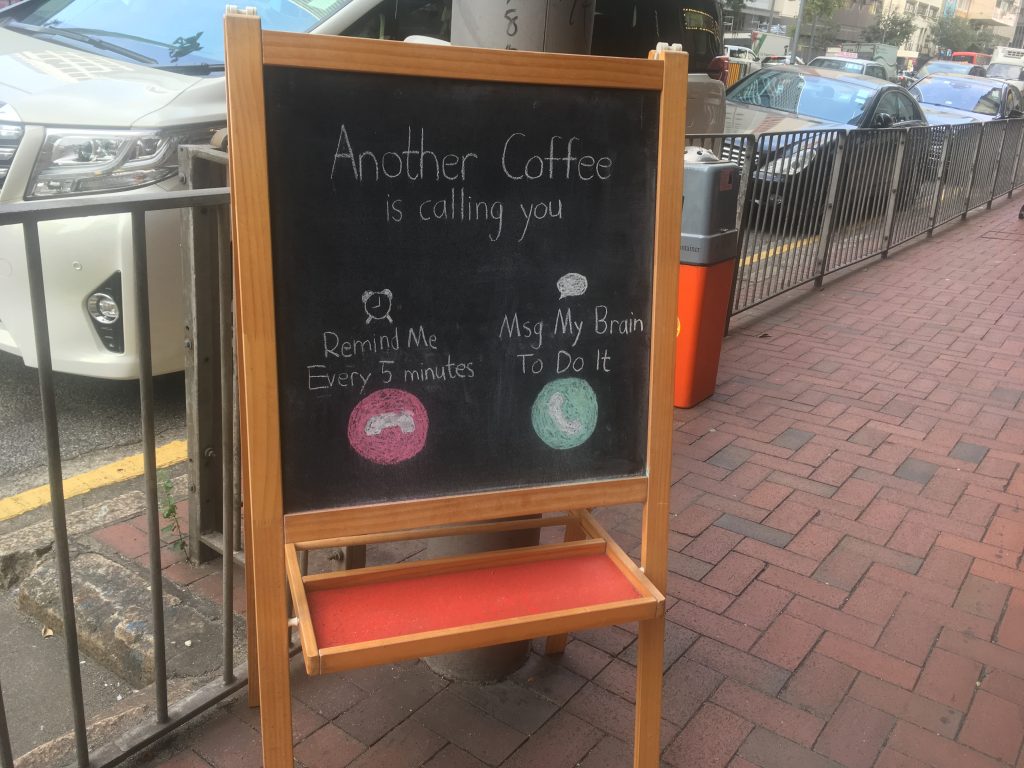
In Hong Kong, I met an excellent example of mechanomorphism. A chalkboard sign outside a coffee shop says “Another coffee is calling you.” Then there are two options: “Remind me every 5 minutes” or “Msg my brain to do it.”
***
Reference
This paper explores the ambiguity of the “human machine”. It suggests that anthropomorphism results from a “default schema” applied to phenomena, including machines, that a perceiver finds otherwise inexplicable. Mechanomorphism, the attribution of machine characteristics to humans, is a culturally derived metaphor that presently dominates cognitive science. The relationships between anthropomorphism and mechanomorphism pose a special difficulty for the question, “Can machines think?” Does a positive response reflect a cognitive bias on the part of the perceiver or a genuine attribute of the computer? The problem is illustrated for Turing’s “imitation game” for thinking machines, and a strategy for constraining anthropomorphic attributions is proposed.



